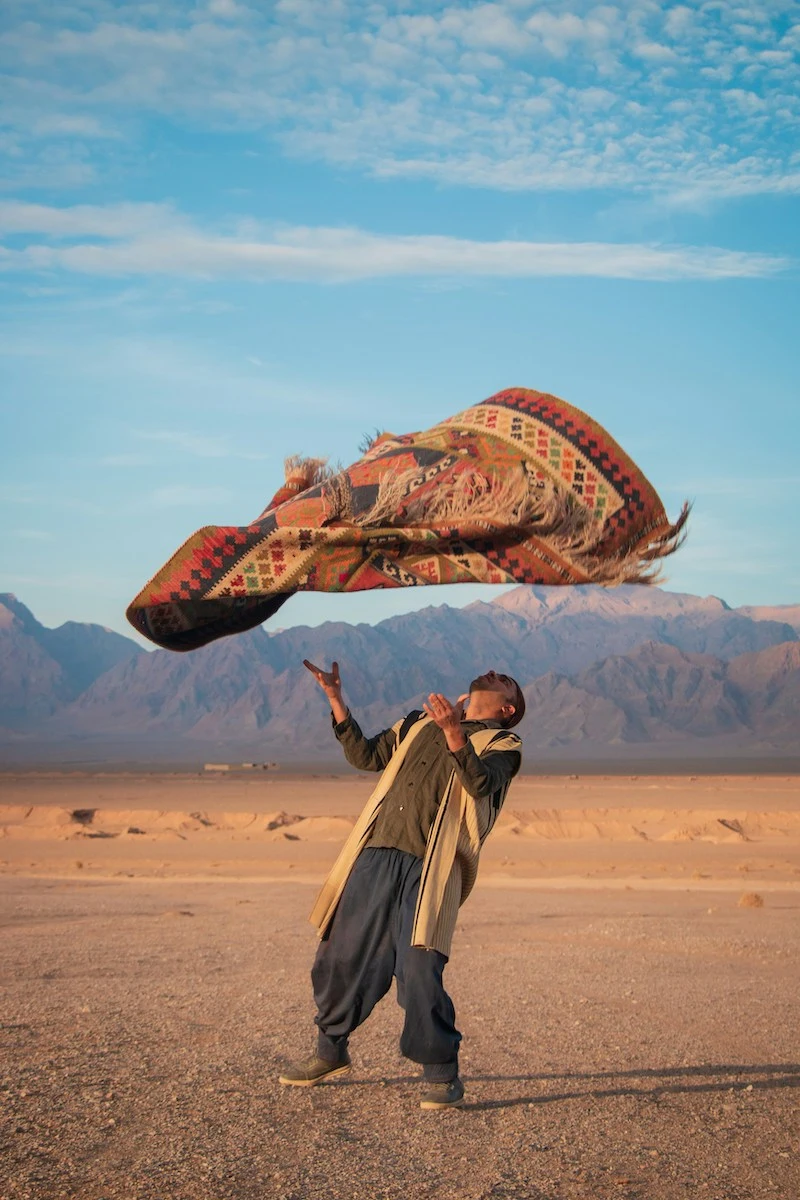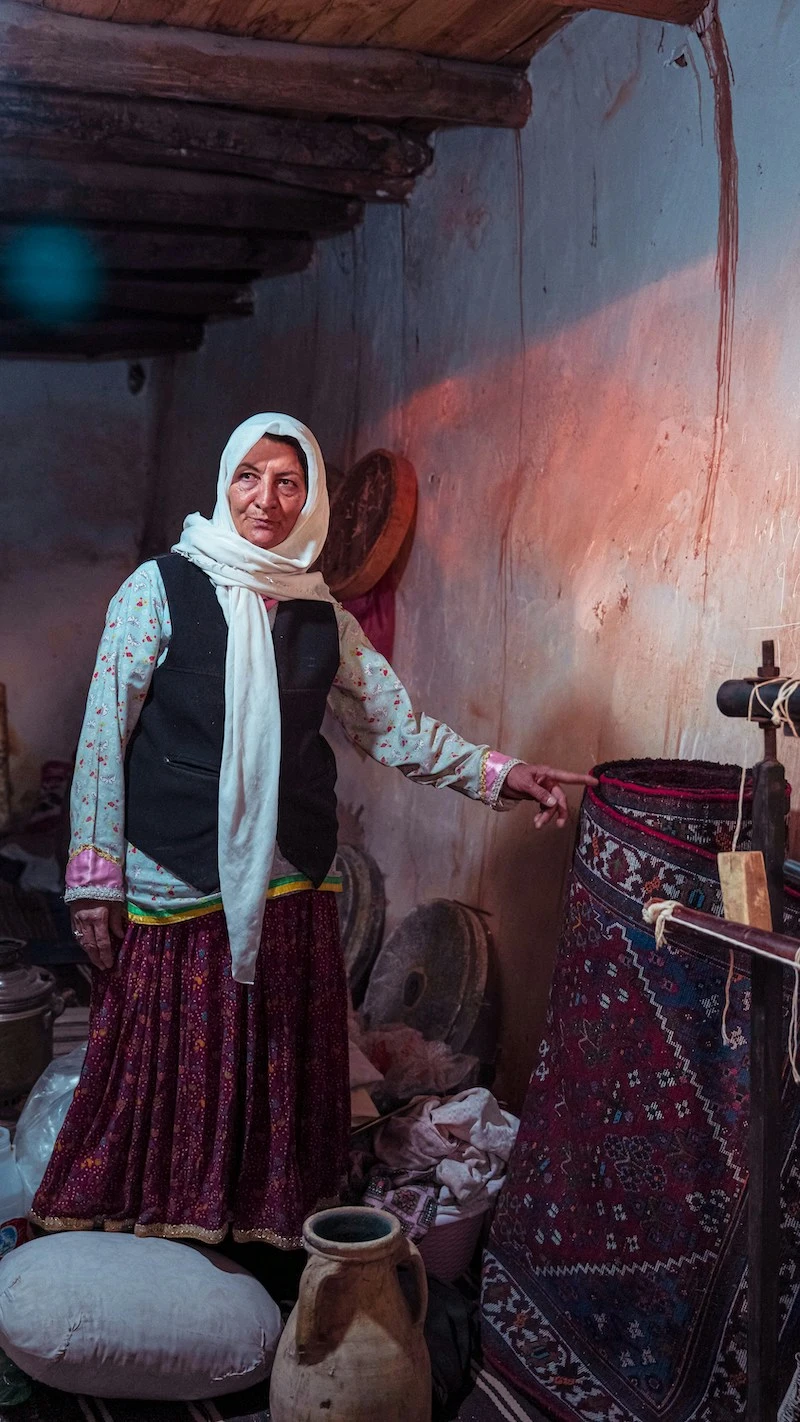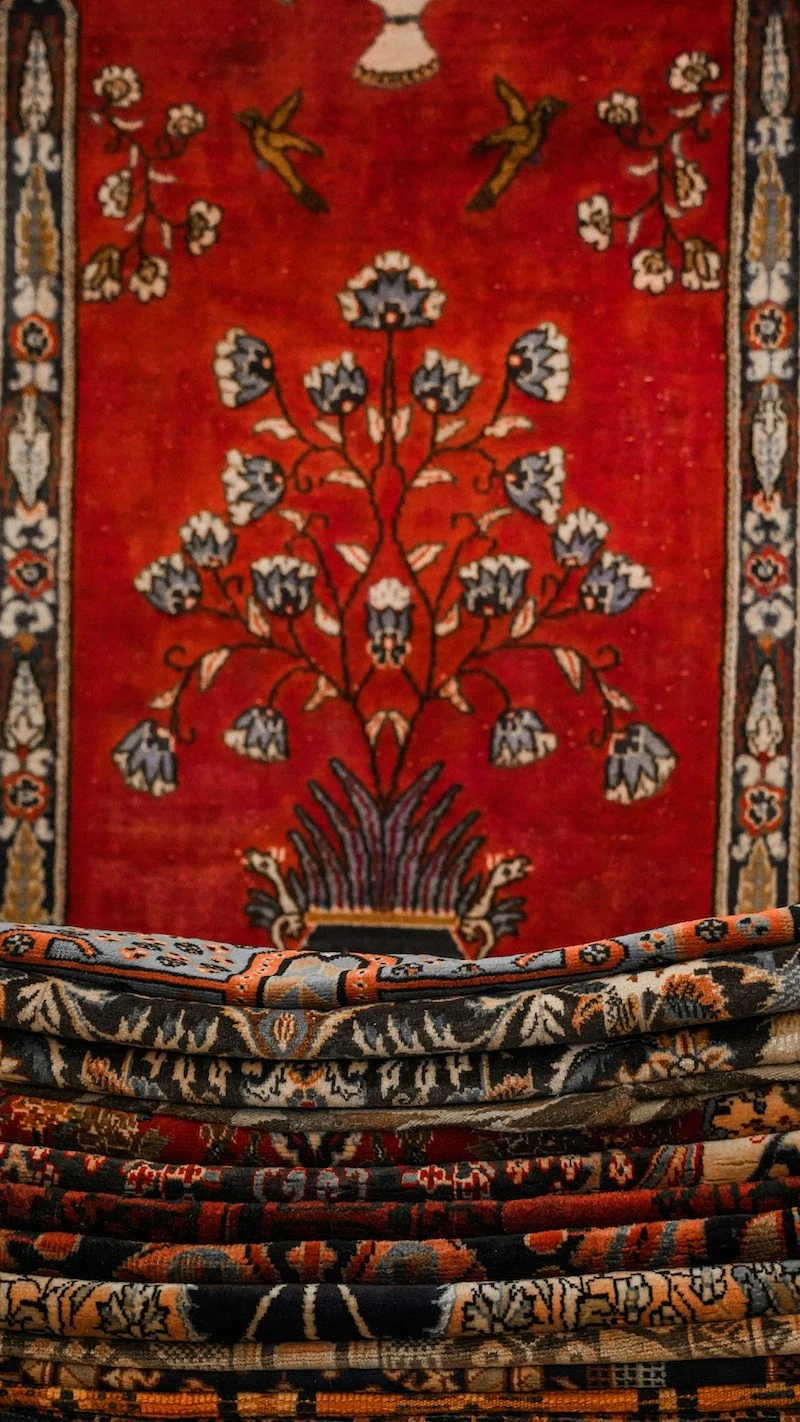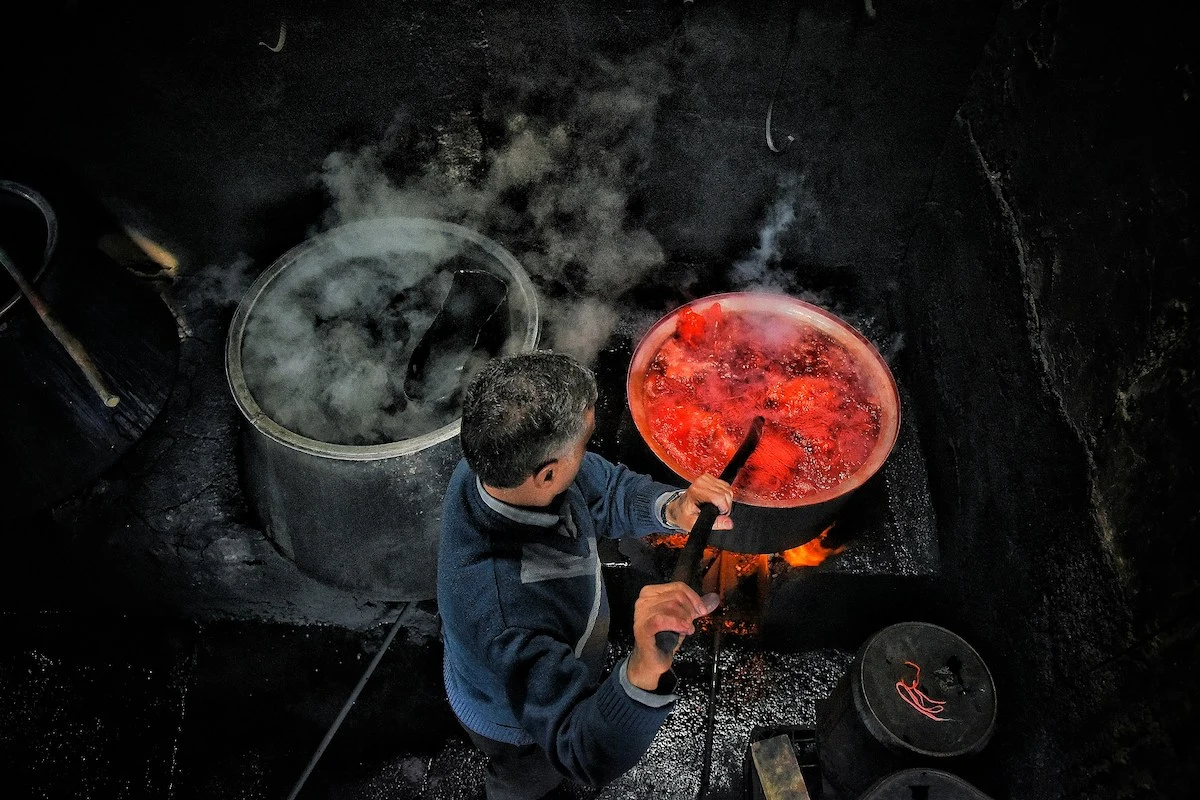Persian carpets, also known as Iranian carpets, are renowned for their intricate craftsmanship and cultural significance. Crafted in Iran, these rugs feature elaborate designs and vibrant colors, reflecting centuries of tradition. The high price of Persian carpets stems from their use of premium materials like wool and silk, combined with extensive labor and time invested in their creation. Each rug is a unique work of art, often fetching tens of thousands of dollars.

Persian Carpets: A Legacy of Art, Culture, and Craftsmanship
Persian carpets, also known as Iranian carpets, are highly esteemed textiles produced in Iran for home use, local sale, and export. Renowned for their rich cultural significance and artistic value, these carpets represent centuries of tradition and craftsmanship.
Carpets crafted in renowned centers such as Tabriz, Kerman, Neyshabour, Mashhad, Kashan, Isfahan, Nain, and Qom are celebrated for their unique weaving techniques, superior materials, and intricate designs. These urban centers have played a crucial role in preserving and revitalizing carpet weaving traditions, particularly during times of decline.
Conversely, rugs created by villagers and nomadic tribes are distinguished by their bold colors, traditional patterns, and fine wool. These carpets often reflect a more authentic and less refined aesthetic compared to their urban counterparts, embodying the rich cultural heritage of rural Persia. Notable examples include Gabbeh rugs, known for their simple and coarse designs.
In 2010, the traditional art of carpet weaving in Fars Province and Kashan was inscribed on the UNESCO Intangible Cultural Heritage Lists, underscoring the global significance of this craft.
The high cost of Persian carpets can be attributed to their meticulous handcrafting, use of premium materials like wool and silk, and the extensive time required for their creation. Persian rugs, with prices often reaching tens of thousands of dollars, represent not only luxury but also a deep-rooted cultural legacy.
Persian Carpets Price: Reasons
Use of organic and expensive raw materials
Iranian handmade carpets are crafted using organic and natural raw materials, reflecting a commitment to quality and sustainability. Woolen yarns are meticulously spun by hand, requiring considerable skill and effort. The dyes used are exclusively vegetable-based and organic, and are air-dried, ensuring that the carpets are made from premium, eco-friendly materials.
The materials used in the Persian Carpets ensure high durability, stain resistance, washability, color resistance, and eco-friendliness, allowing it to withstand wear and tear, resist spills, maintain its quality and color over time, and be environmentally sustainable.
Furthermore, carpets woven from 100% pure Iranian silk, particularly those produced in Qom and Tabriz, represent some of the most luxurious and costly options available. Silk, known for its exceptional delicacy and beauty, is the most expensive natural fiber used in carpet weaving.
These silk carpets are lightweight and elegant, often folded with ease due to the fabric’s softness. Additionally, bespoke carpets may be embellished with diamond pieces and other precious stones, enhancing their exclusivity and value.

A lot of manpower and production time
Creating an authentic Iranian hand-woven carpet is a labor-intensive process that demands expert skill and precision. From the initial stages of picking sheep’s wool or harvesting natural silk to spinning the yarn, dyeing the threads, and finally weaving and finishing the carpet, each step requires meticulous craftsmanship.
The time required to complete a carpet can span several months, depending on factors such as the carpet’s size, the number of colors used, the complexity of the knots, and the type of yarn.
Despite the skilled labor involved, weavers often work in rural, low-income regions. Buyers should be mindful of the fair wages for these artisans, in line with international standards like Oeko-Tex. Unfortunately, while high labor costs are factored into the final price of the carpet, the wages of the weavers themselves are not always adequately considered by dealers.
Every aspect of Persian rug creation is meticulously handcrafted, involving no machinery at any stage. From the intricate knotting—sometimes up to 400 knots per inch—to the weaving process, each step is executed by skilled artisans. The creation of a Persian rug can span from months to years, depending on the complexity and size, with silk being the most time-consuming material due to its delicate nature. The craftsmanship and time investment in each rug reflect the unparalleled artistry and dedication involved.

Each rug is a unique work of art
Unlike machine-made carpets, which can be mass-produced with thousands of identical copies, each hand-woven Persian carpet is a unique masterpiece. The artistry involved means that no two carpets are exactly alike, making them exceptional and rare.
This uniqueness is particularly evident in Iranian Kilim and Gabbeh carpets. In crafting these carpets, weavers often work without a predetermined design, relying instead on their expertise and creativity. They use their skills and imagination to create intricate motifs, resulting in each piece being akin to a one-of-a-kind work of art, much like a painter’s canvas.

Low and custom production
In 2023, the global market for handmade carpets was valued at approximately $70 billion. Despite this substantial market size, the availability of authentic Iranian hand-woven carpets is limited. This scarcity arises from the challenging conditions faced by weavers, who often receive minimal profit from their craft. Consequently, the arduous nature of carpet production and the lack of financial incentives contribute to a diminishing interest among weavers in creating new designs and continuing the tradition.
Additionally, the exclusive distribution channels for Iranian carpets contribute to their elevated prices. Typically, producers of handmade carpets are based in rural areas with limited exposure to export and sales processes. As a result, these producers must sell their carpets through small, local intermediaries who then pass them to well-established Iranian carpet traders in Europe or the United States.
This layered distribution network often leads to significant markups, as international traders buy the carpets at lower prices and resell them at substantially higher rates. This complex supply chain further explains why Persian rugs command such high prices in the global market.




















